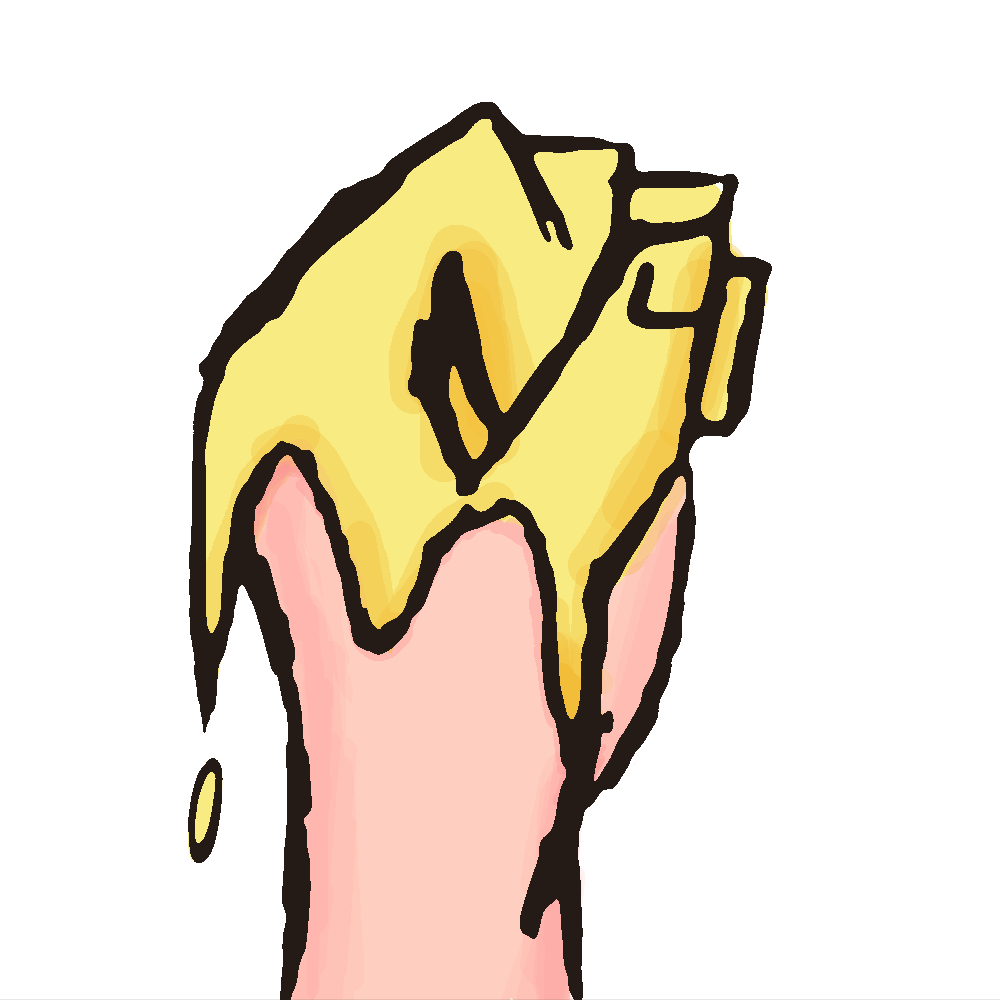cross-posted from: https://feddit.nl/post/15257613
Back in 2020, people complained about the poorly translated Russian. This made me a little sad, because I had the Russian stuff translated by an actual Russian person I happen to know. Talk about high expectations. Apparently there are more than one versions of Russian, idk.
For the younglings, who understandably might not know the reference: movie director Stanley Kubrick was supposedly involved in making/faking the Apollo 11 moon landing. (for the record: I do NOT believe any of this stuff.)
Wanna read more? https://en.wikipedia.org/wiki/Moon_landing_conspiracy_theories#Origins


It’s wrong, though. Kubrick hated travelling and filming on location. He had NASA send astronauts to the moon to shoot the backgrounds, but filmed everything in London. (As part of the payment, he got the lens he used to film Barry Lyndon, which had been designed to film the dark side of the moon and allowed him to shoot scenes lit only by candlelight).
The dark side of the moon isn’t dark, btw. It gets as much light as the other side.
If we’re getting pedantic, you’re talking about the far side of the Moon, not the dark side. The dark side is the side that isn’t lit and that changes over the lunar cycle.
I assume the lenses were intended to allow the Apollo missions to photograph the literal dark side of the moon, i.e., the side not lit by the sun while the capsule was passing over it, since they couldn’t wait half a month for it to get well lit and making the lenses was almost certainly cheaper than launching more capsules to make sure they covered every bit. 🤷♂️
Whatever the case, they were very “fast” lenses (that is, they had a very large relative aperture), which allowed cameras using them to get good pictures under very poor lighting conditions, like a big black rock lit by starlight or some XVIII century crooks lit by candlelight.